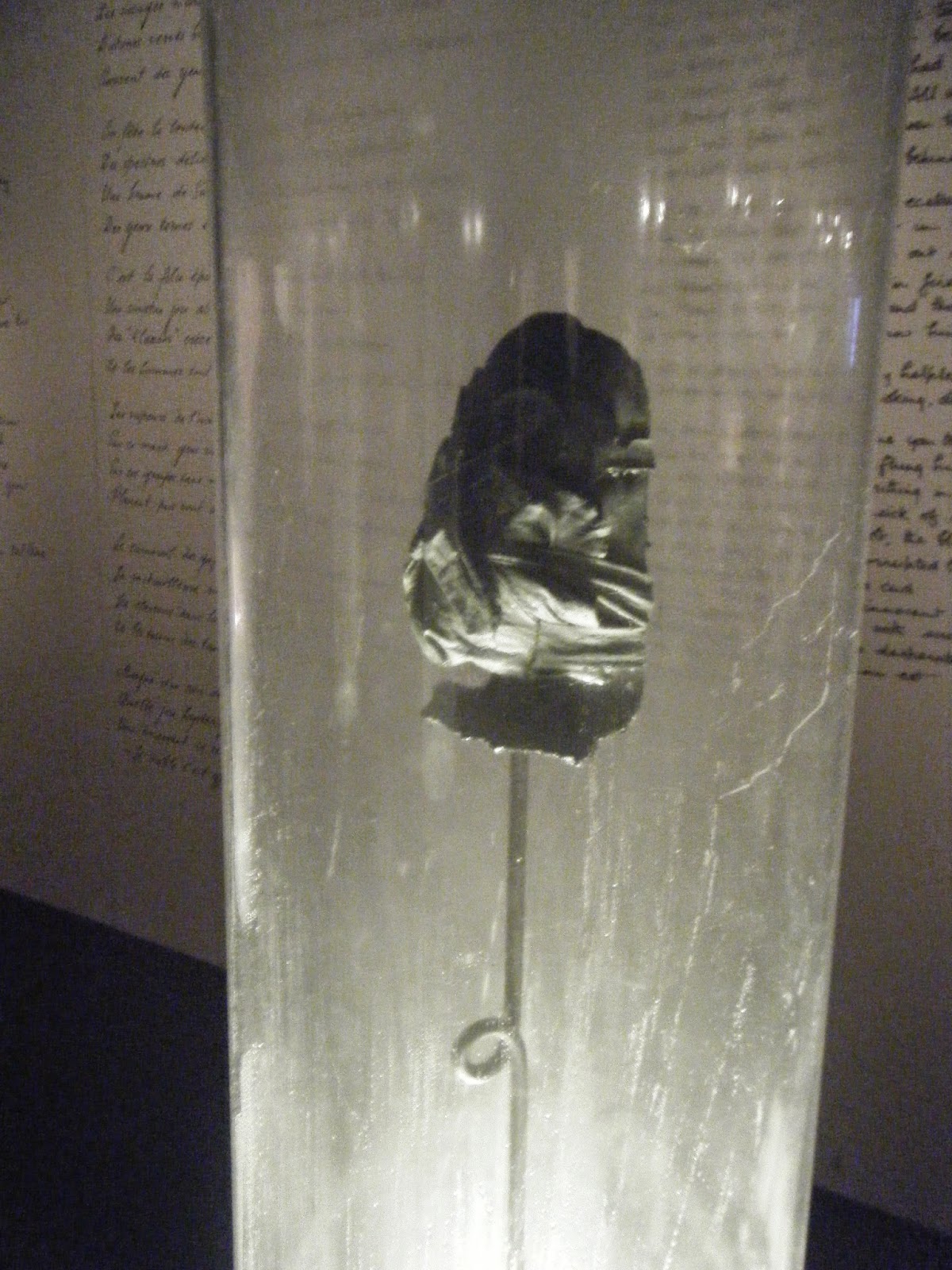After a 2nd long drive and late
camp ground arrival there was to be no rest for us today. With only 3 short
full days left before we had to take Mulder back the ‘to do and see’ list was
quite daunting. The to do’s for the next three days was to be a self-guided
tour of the WWI battlefields of the Western Front. Being in Amiens we naturally
started out tour in the Somme.
 |
| The green fields of France |
 |
| Unintentional artistic shot of the Villers Bretonneux sign with the reflection of our Aussie flag |
First at the village famed for its Australian
liberation on April 25th 1918 – Villers Bretonneux. After a short
drive east from Amiens we reached Villers Bretenneux and headed for the
Victoria school, an infant’s school donated to the children of Villers
Breteneux by the children of the state of Victoria on behalf of the 12 000
Victorian soldiers who lost their live recapturing the town.
Inside the school was the Franco –
Australian Museum which tells the story of the battle for Villers Bretenneux
and the Australian’s on the Western Front. We spent a while here reading and
looking at recovered and donated artefacts as well as watching a great DVD
which gave us a great overview of the Aussie involvements at various theatres
and stages of WWI.
 |
| Headed off to school |
 |
| Trust Dave to finds Wallabies jersey wherever he goes! |
 |
| A sample of the wartime photography from Villers Bretenneux |
 |
| Aussie humour |
 |
| Fields of graves with flowers laid by the local children |
Just outside the village, on a hill overlooking
the farmland and small villagers is the Australian National Monument and Military Cemetery.
 |
| Objective: Capture the hill |
 |
| Australian National Monument and Military Cemetery |
We moved through the rows of tombstone, some with moving captions composed by their families (“To our dear son, in a far off grave, a grave we will never see.”) and some simply with, “An Australian soldier of the Great War – Known unto God.”
 |
Rows and rows of graves
|
And reached a monument with the names of the 11
000 Aussies who fell in France and whose bodies have never been found. The
monument bears the scars from WWII with shell and bullet holes left as a
haunting reminder of the futility of war – the war to end of all wars did
nothing of the sort.
 |
| The monument which hosts the ANZAC day ceremony each year |
Hitting the road again we made our way to
the slightly larger town of Albert. Here he made our way indoors and
underground to the Somme 1916 museum, with more information on the early part
of the war and trench warfare. Interestingly the museum is located inside a 230m
underground passage that was used by the people of Albert as an air raid
shelter in WWII.
Right next to Pozieres is another tiny
village, La Bolsselle not as pertinent to the Australians but it is the
location of the Locknagar Crater a mine hole 100m across and 30m wide made by
British troops in an attempt to undermine German defences and break their
lines. The mining was successful but overall the plan failed and the battle was
a massacre for the British.
 |
| Dave in the base of the crater |
 |
| A very big crater |
With quite a bit of history covered we
decided to call it a day (it was now 7pm) and we decided and found a campsite
at Authuille right near the Pozieres. I spooked myself quite a few times during
the night as it was raining and howling with wind as I imagined the countless
who had died on the fields around us.





































































